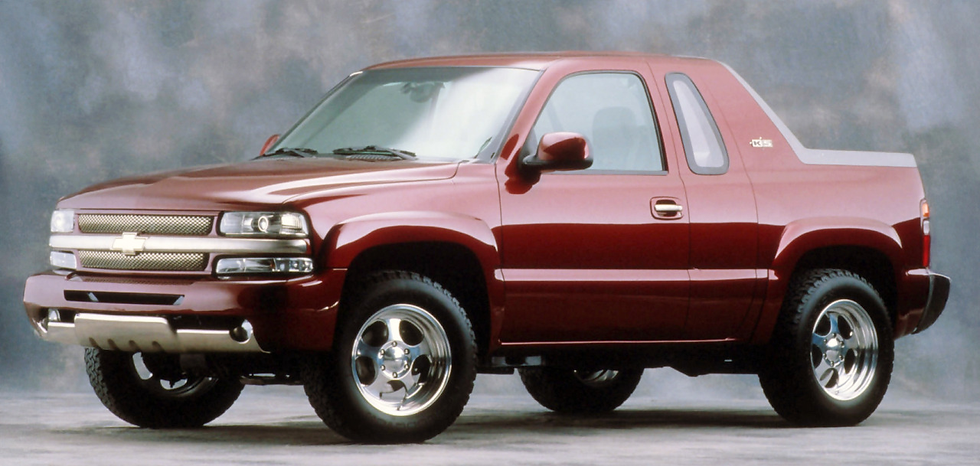2005 Karmann SUC (Sport Utility Cabrio)
- Story Cars
.png/v1/fill/w_320,h_320/file.jpg)
- May 14
- 2 min read
The 2005 Karmann SUC (Sport Utility Cabrio) concept was an innovative attempt to fuse two of the most popular automotive trends of the time—convertibles and SUVs—into a single, forward-looking vehicle. Developed by Wilhelm Karmann GmbH in collaboration with ZF Friedrichshafen AG, the SUC combined the spaciousness and off-road presence of an SUV with the open-air driving experience of a convertible. It was conceived not for production under Karmann’s name, but as a demonstration of the company’s engineering and design capabilities, intended to spark interest among manufacturers looking for the next automotive niche.
The SUC featured a unique convertible soft top system with a show roof and a separate, fixed glass rear window integrated into the tailgate. This design allowed for the rear cargo area to remain accessible even when the top was open, offering a practical advantage over conventional convertibles. The vehicle’s doors opened in opposite directions—rear doors hinged at the back—and could swing out as far as 90 degrees, thanks to an innovative sealing and hinge system. An adaptive sealing system used vacuum lines to inflate and deflate gaskets, ensuring both a tight seal when closed and ease of operation when opening.
Karmann engineers paid particular attention to weight-saving measures and structural rigidity, essential for a convertible SUV. A space frame structure replaced traditional monocoque construction for the doors, reducing weight by about 3.5 kilograms per unit. The overall body was reinforced with a dual-layer sandwich floor to meet crash safety requirements, while locking systems integrated into the shortened B-pillars ensured stability in side impacts. The unique “Dorstop” door system allowed doors to lock in any position up to 90 degrees, offering both convenience and safety on sloped surfaces.
ZF Friedrichshafen contributed a specially tuned chassis with 22-inch wheels and Continuous Damping Control (CDC), which adapted the vehicle’s suspension to road conditions in real time by integrating with systems such as ABS and ESP. This provided a comfortable ride with enhanced safety and reduced vibration, demonstrating ZF’s advanced suspension capabilities. The interior also featured smart door handles that adjusted based on ergonomics and positioning, flush external handles that extended upon touch, and sophisticated sensors to control various entry and locking functions.
Visually, the SUC carried a bold and distinctive presence, echoing design elements from the Karmann Ghia, including a tripartite front section and sculpted side lines. Its modern silhouette and convertible design set it apart from conventional SUVs, targeting consumers who wanted both practicality and style. While the SUC was never intended for mass production, market research suggested a high potential for success, particularly in Western Europe and the United States. Projections estimated up to 180,000 units could be sold annually between 2009 and 2015, totaling around 900,000 over its lifecycle if the concept were commercialized.
Ultimately, the Karmann SUC was not a product but a proposal—an ambitious vision of what a convertible SUV could be. It underscored Karmann’s ability to integrate complex systems, pioneer new body styles, and offer creative solutions to evolving consumer preferences. Though it never entered showrooms, the SUC served its purpose by pushing design boundaries and signaling future possibilities to the automotive industry.

































Comments